Read next
The latest news, updates and expert views for ambitious, high-achieving and purpose-driven homeowners and property entrepreneurs.

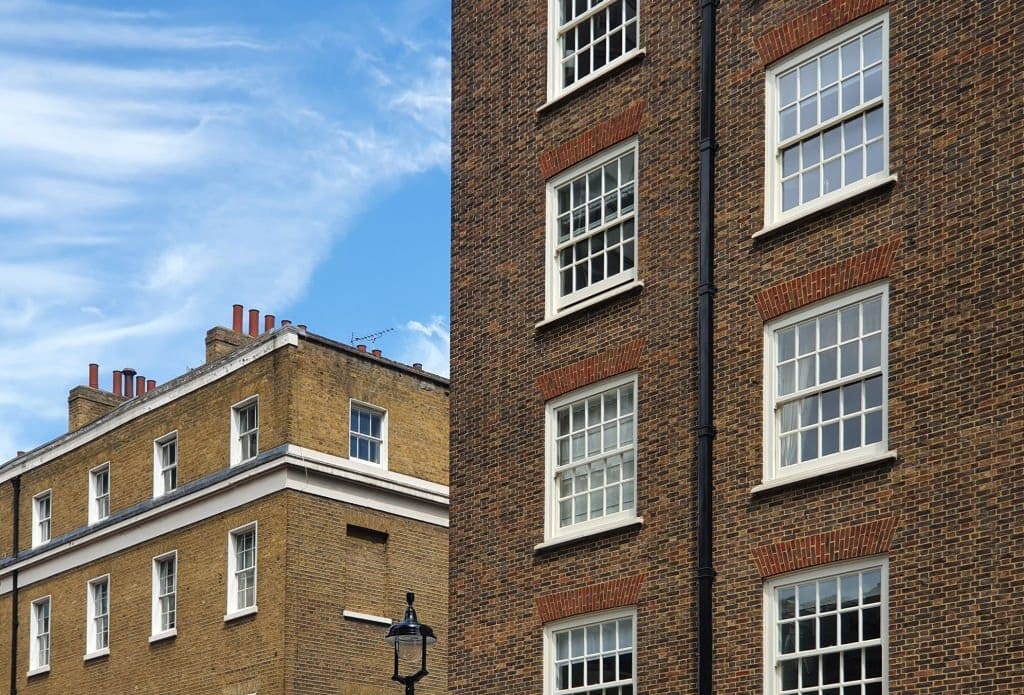
The government introduced the Renters (Reform) Bill into parliament on 17 May 2023, promising to transform the rights of tenants across the country. With the launch of the bill, the Department of Levelling Up, Housing and Communities said it would “also bring forward legislation as part of the Bill to apply the Decent Homes Standard to the private rented sector for the first time.” The idea is to raise housing standards for private tenants and bring their rights into line with those of council and housing association renters.
Meanwhile, notable policies in the bill itself include landlords' loss of the ability to make Section 21 ‘no fault’ evictions, the new right of tenants to request a pet in their home, and the introduction of a national register of landlords.
But what does this mean for landlords? Let’s take a deeper look into the Decent Homes Standard for the Private Rental Sector and look at how different are the new rules from the current ones.
Much legislation has emerged on the back of the government’s Levelling Up White Paper, published in February 2022. A big idea behind the Levelling Up agenda is reducing geographic inequality across the country, so it’s no surprise that new housing policy has come forward as a result.
In June 2022, Secretary of State for Levelling Up, Housing and Communities Michael Gove announced a UK-wide mission to half the number of “non-decent” rented homes by 2030. As a part of this levelling-up housing action plan, a Decent Homes Standard for the private sector would be introduced for the first time.
The purpose of the Decent Homes Standard, according to the accompanying June 2022 policy paper A Fairer Private Rental Sector, is to give renters safer, better-value homes and “remove the blight of poor-quality homes in local communities.” It also interacts with the government’s 2040 net zero target by dealing with home heating – and cooling – in a changing climate.
What this looks like in practice is likely to evolve. A 6-week consultation on the standard was launched on 2 September 2022. It sought views from tenants, landlords and others in the sector on the question of whether privately rented homes should be required to be kept in a good state of repair.
For landlords, much of this isn’t actually very new. A number of requirements are already in place to ensure the safety and quality of their housing stock.
In 2018, for instance, the Landlord and Tenant Act 1985 was amended to the renamed Homes (Fitness for Human Habitation) Act. This establishes some legal duties of landlords, like building maintenance and repair in the event of damage by fire, storm or flood.
It also legally requires that “residential rented accommodation is provided and maintained in a state of fitness for human habitation” – with “fit” homes being defined as spaces that are safe, healthy and free from things that could cause serious harm.
Private landlords are also already required to carry out electrical safety checks every five years, to provide smoke and carbon monoxide detectors in all private rented properties, and to ensure that their properties reach a minimum EPC rating of E. The Decent Homes Standard, therefore, seeks to formalise and take these requirements a step further, in a manner that is enforceable.
In this article, we’ll explore what currently defines a “decent” home and how and when the standard will come into force. We’ll also tease out what this means for existing and prospective landlords.
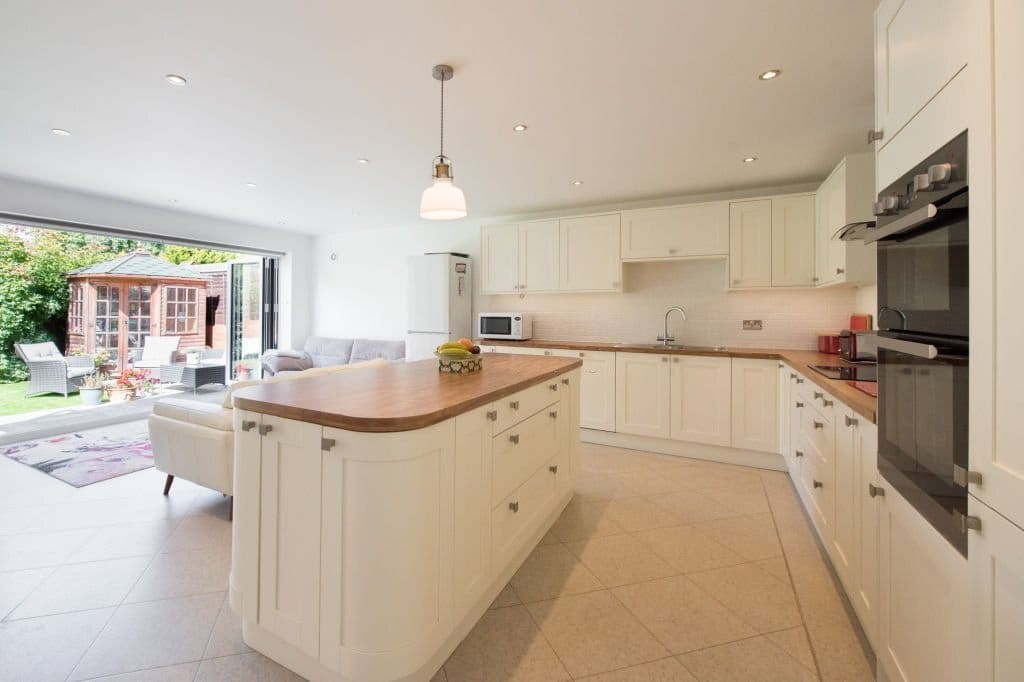
The Decent Homes Standard is laid out in the Fairer Private Rental Sector White Paper. A decent home is defined as being “free from most serious health and safety hazards, such as fall risks, fire risks, or carbon monoxide poisoning.” In practical terms, this means that landlords will need to continue maintaining the safety and quality of their private rented homes, and keeping up with their smoke and carbon monoxide alarms.
Damp and mould should be mitigated through effective insulation, which can also facilitate temperature control. Kitchens and bathrooms should have functioning and safe drainage and sewerage systems. They should also be “adequate, located correctly, and – where appropriate – not too old.” (Unsurprisingly, age and appropriateness are not actually defined here).
Fall risks associated with baths or uneven surfaces should be minimised – and guards should be in place to prevent falls from over staircases, out of windows or off of fire escapes. Fire safety and suppression systems should also be in place.
Such regulations are not necessarily new, as homes in the private rental sector are already subject to inspection under the Housing Health and Safety Rating System (HHSRS), which was introduced as part of the Housing Act 2004. The HHSRS assesses 29 different housing hazards and the effect that each may have on the health and safety of current or future property occupants.
These include:
Other health and safety hazards that are relevant to housing include overcrowding, noise, domestic hygiene, adequate refuse storage, sanitation, drainage, a safe water supply, safe food storage provisions, and structural integrity. Stafford Borough Council has published a full analysis of the HHSRS assessment system that can be accessed here.
Ultimately, the idea behind the Decent Homes Standard is to take existing action against these hazards one step further, in a way that is enforceable. Even though HHSRS was rolled out as part of the Housing Act 2004, Gove’s 2022 White Paper states that 21% of homes in the Private Rented Sector are “non-decent” today. The sector has the highest prevalence of Category 1 hazards – defined to pose the most serious threats to human health.
HHSRS does not set out a basic standard for home health – it is only concerned with mitigating hazards. The Decent Homes Standard creates a legally binding, enforceable standard that acts alongside the HHSRS framework. The two can therefore be seen to work together in regulating housing quality.
An interesting element of the White Paper’s logic is that these reforms intend to bring the private rental sector up to the standards of the social rental sector. “It isn’t right that social renters can expect a higher quality home than a private renter,” the paper states.
Social housing has been subject to a Decent Homes Standard since 2004, when guidance was first published by the-then Department for Communities and Local Government. It was updated in 2006, when the HHSRS came into effect.
To be decent, a dwelling had to be free of category 1 hazards. Under the guidance, the existence of such hazards should be a trigger for remedial action, “unless practical steps cannot be taken without disproportionate expense or disruption.”
Nineteen years later, the private sector is being subject to the same guidance, as part of a wider wave of reforms. The White Paper notes that the role of the private sector has changed in recent decades – it’s doubled in size, with landlords and tenants alike becoming increasingly diverse. And yet, “in the 21st century, a fifth of private tenants in England are spending a third of their income on housing that is non-decent.”
For landlords, this means that there is greater pressure to bring housing stock up to the standards that already exist in the social rented sector. It also means that compliance with the existing requirements – like proper emergency alarms and basic safety checks – will be increasingly checked up on.
Policy aims aside, the question – as always – is how and when the new standard will be implemented and enforced. The announcement of the Renters (Reform) Bill discusses the application of the Decent Homes Standard to the private rental sector but does not give a timeline for the rollout of the legislation that will actually enact it as a legally binding obligation.
What we do know is that this will need to come into force soon, if the government truly seeks to halve the number of non-decent homes across all rented tenures by 2030 (so in under seven years).
We are also reminded that enforcement can and will come from residents themselves. The White Paper outlines how tenants will be able to hold their landlords accountable to the Decent Homes Standard through a streamlined dispute resolution system. A new single ombudsman will be introduced, which all private landlords will be obliged to sign up to.
At the local level, the government is due to run pilot schemes – according to the levelling-up agenda – in the country’s lowest-performing areas first. These are meant to explore and innovate upon councils’ enforcement tools, in order to speed up the standard’s adoption.
Nationally, the government was due to review the HHSRS by autumn 2022, but the document currently available is still dated 2006. According to the White Paper, the central government intends to introduce a system of regular, independent checks to ensure that tenants are confident in a property’s condition from the outset; to explore the costs and benefits of an independent regulator for the private rental sector and to consider further legislation as necessary.
What all of this means for landlords now is not necessarily that your local council will come knocking on your door for an inspection today, next month, or maybe even next year. But it is helpful to understand what level of building quality is already required, and what will be expected down the line.
We recommend facilitating any necessary internal alterations or reconfigurations that are currently mandated under the HHSRS. With our architectural services, we are prepared to help you meet and exceed the standards required of your property – raising it from decent to excellent.
Of course, the condition of a home is not the only factor in whether it is fit to live in. That’s what was behind the belated addition of minimum space standards for flats created using permitted development. The obvious next step would be for the government to make the curiously named “nationally described space standard” a true national policy that applies in all local authorities.
We will be tracking the passage of the Renters (Reform) Bill and related measures through parliament, so that we are able to keep our advice to clients constantly up-to-date. If you would like our help getting planning permission or a new-build rental property, for a conversion of a house to flats or for a change of use, we can help. And if you want us to assist you in upgrading your rental property so that it meets or (better yet) exceeds the incoming standards, we'd love to be involved.

Robin Callister BA(Hons), Dip.Arch, MA, ARB, RIBA is our Creative Director and Senior Architect, guiding the architectural team with the insight and expertise gained from over 20 years of experience. Every architectural project at our practice is overseen by Robin, ensuring you’re in the safest of hands.
We look forward to learning how we can help you. Simply fill in the form below and someone on our team will respond to you at the earliest opportunity.
The latest news, updates and expert views for ambitious, high-achieving and purpose-driven homeowners and property entrepreneurs.
The latest news, updates and expert views for ambitious, high-achieving and purpose-driven homeowners and property entrepreneurs.
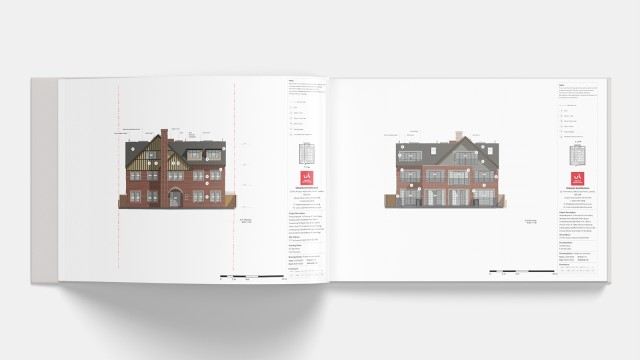
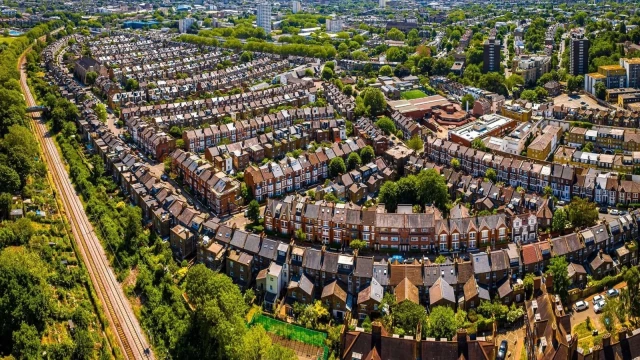
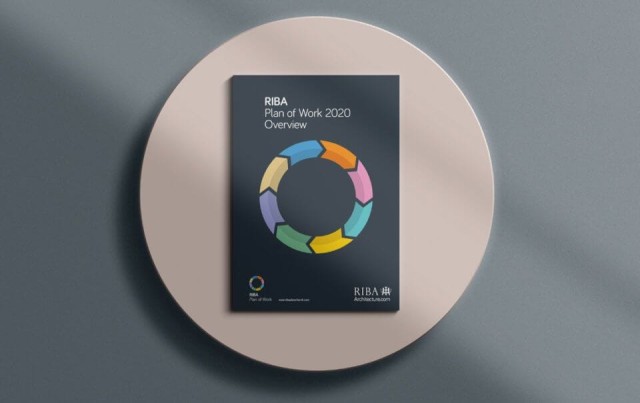

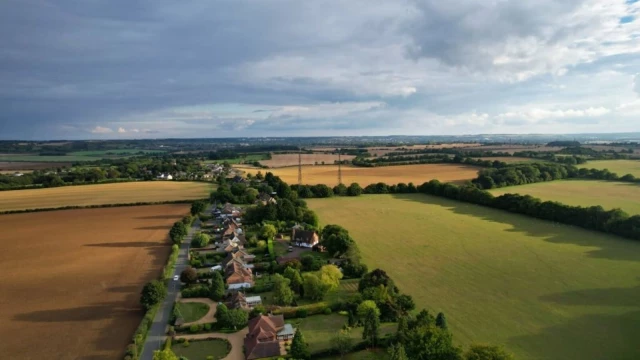
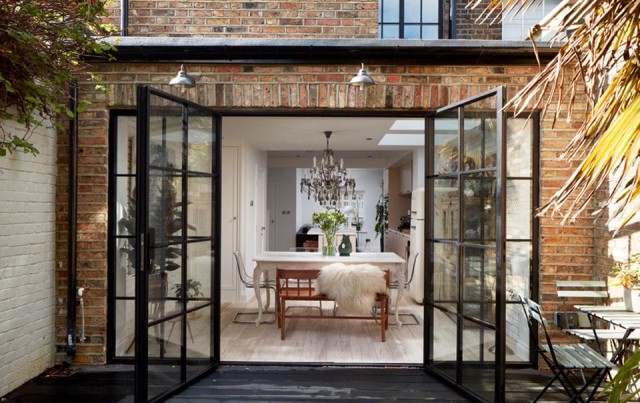
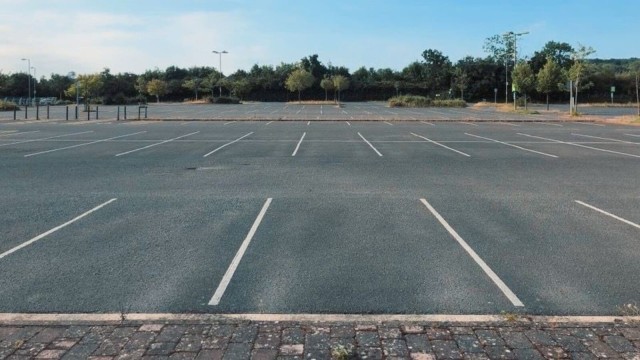
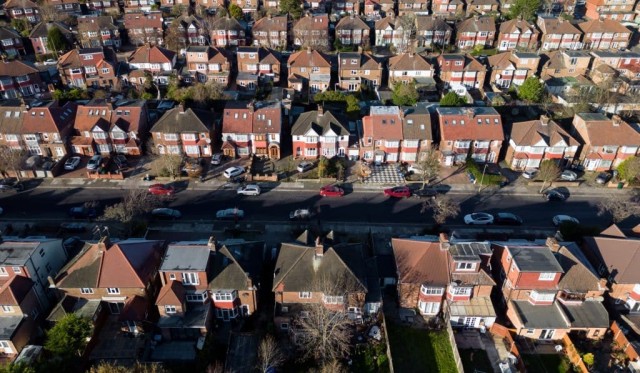
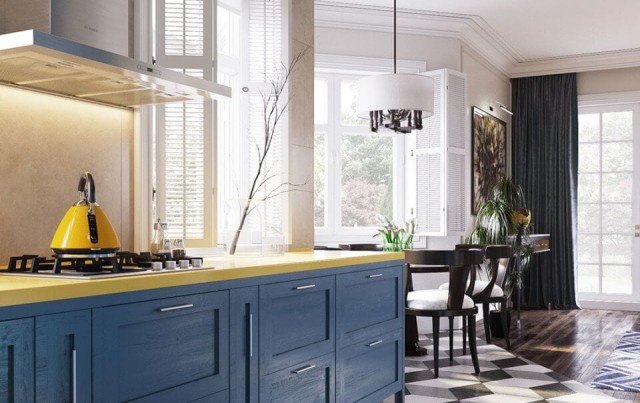

We specialise in crafting creative design and planning strategies to unlock the hidden potential of developments, secure planning permission and deliver imaginative projects on tricky sites
Write us a message